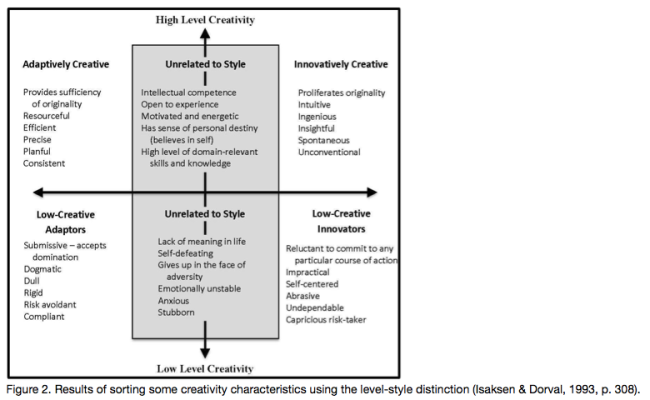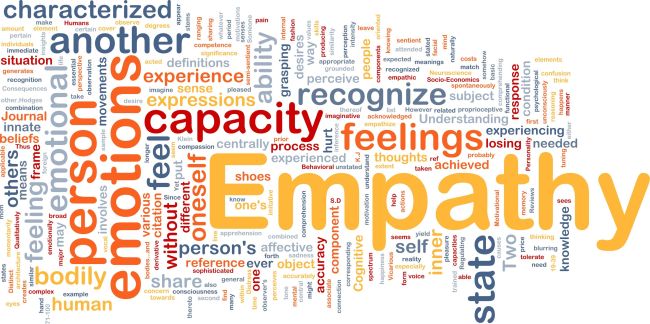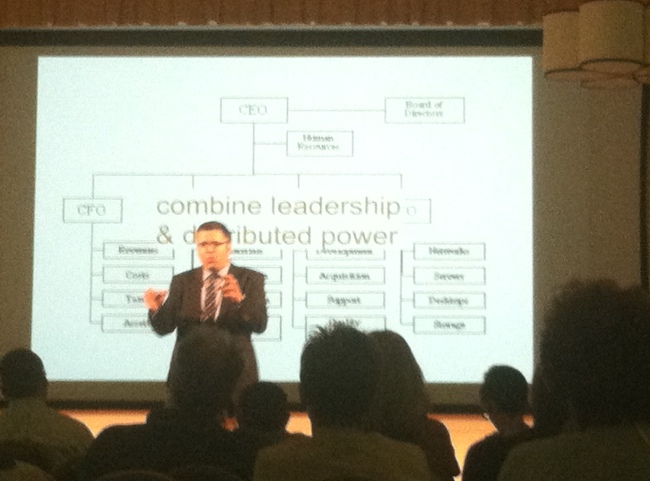As a 27-year-old woman about to embark upon my career, I am faced with how I might best approach that age-old and ever-complicated problem of achieving a work-life balance. Thankfully, today’s workplace offers more opportunities than ever before to work from home and to work on the go. In many ways, this has created new opportunities for women to achieve a flexible work plan alongside efforts to start and raise a family. But does this technology, including telecommuting and telecommunication, impact women differently?

In Timothy Franz’s book, Group Dynamics and Team Interventions, the author point to studies that suggest women benefit from teleworking because, “Women feel more included in predominantly male virtual teams than they do in predominately male face-to-face teams” (Franz, 268). While I haven’t had the experience of feeling excluded in a mostly-male team, I could see how the reduced social pressures of a face-to-face meeting setting, especially in fields that still cling to “an old boys club” culture, could be a refreshing change for women.
In another study published by Pepperdine University, researchers found that women reported a higher sense of satisfaction in virtual work teams than their male counterparts. While reporting high satisfaction, women did largely agree upon one major problem – poor sharing of information. Researchers hypothesis that this could be linked to the idea that “women value relationships based on communication and understanding,” whereas, “men’s roles tend to be defined by role and status.” Two t hirds of women in the study thought more face-to-face contact would be beneficial, whereas only one third of men wanted more face time with their fellow teammates.
hirds of women in the study thought more face-to-face contact would be beneficial, whereas only one third of men wanted more face time with their fellow teammates.
So can women tread the fine line of valuing and excelling in virtual teams, while also achieving satisfaction with their place on and contributions on the virtual team? I think so. (The Ivey Business Journal outlines some best practices here, regardless of gender.) Perhaps we women will be the first to realize that communication is not where it should be, or the one to suggest a face to face meeting or video conference. Simply being aware of the pitfalls and possibilities of virtual teams allows us to enter into a virtual team with greater preparedness, balancing the flexibility of off-sight work without sacrificing the opportunity to build strong professional relationships.
 Their diagram (shown here) put a great deal into perspective as to where I fall in the grand scheme of things. At no point did I somehow lose my creativity. Instead, I now understand that I’ve always been an adaptor, and that this style (combined with fairly high creativity) allows me to demonstrate qualities like being resourceful, efficient, and consistent. I find creative solutions within the confines of my surroundings, and while the outcomes aren’t always mind-blowing, they are often things that work and create more efficient systems.
Their diagram (shown here) put a great deal into perspective as to where I fall in the grand scheme of things. At no point did I somehow lose my creativity. Instead, I now understand that I’ve always been an adaptor, and that this style (combined with fairly high creativity) allows me to demonstrate qualities like being resourceful, efficient, and consistent. I find creative solutions within the confines of my surroundings, and while the outcomes aren’t always mind-blowing, they are often things that work and create more efficient systems.





